Beyond the Gibs: Unearthing Team Fortress 2's Hidden Narrative Through Environmental Storytelling I'll admit it.

I'll admit it. When Team Fortress 2 first launched, I dismissed it. A cartoony class-based shooter? I was deep in the trenches of gritty realism and complex narrative structures. It seemed like a lighthearted distraction, a fun diversion, but certainly not a game brimming with profound storytelling. Years later, after countless hours both playing and dissecting the game, I realized just how wrong I was. Team Fortress 2 isn't just about hats and hilarious voice lines; it's a masterclass in environmental storytelling, subtly communicating its world and character relationships through the very fabric of its maps. This realization fundamentally shifted my perspective on game design, and today, I prioritize environmental details in ways I never would have imagined.
This article explores how Team Fortress 2 excels at environmental storytelling, demonstrating how even a game with a seemingly comedic exterior can weave a rich and compelling narrative through its level design. I'll be diving into specific maps, analyzing the details that reveal a hidden history and a deeper understanding of the world.
Gravel Pit: A Battlefield of Implied History
Gravel Pit throws players into a dusty, industrial landscape that immediately speaks of resource wars and forgotten conflicts. There are no opening cinematics explaining the decades-long battle between RED and BLU, no verbose characters providing exposition. Instead, the environment itself does the talking. This map exemplifies Team Fortress 2 environmental storytelling by showcasing the subtle ways a game can tell a story without explicit dialogue or cinematics.
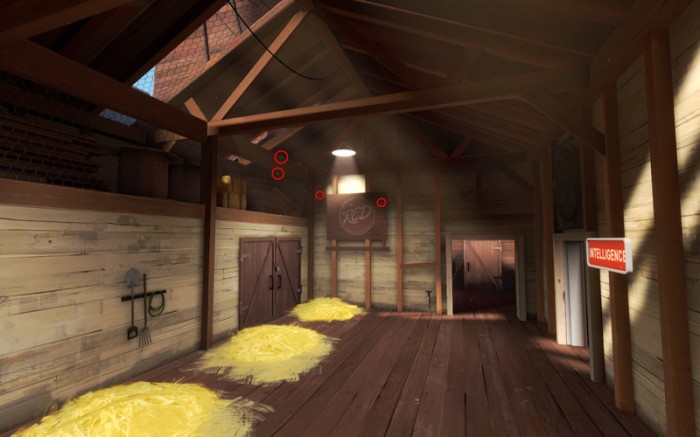
Consider the bullet-riddled walls that pockmark the BLU base, especially the back entrance of their first spawn. These aren't just generic textures; they're deliberately placed to suggest a history of intense combat, of desperate ambushes and failed assaults. The bloodstains around these bullet holes further enhance this narrative. The texture work on the main building's walls, with its layers of grime and decay, indicates years of neglect and exposure to harsh conditions.
Scattered around the map, you'll find faded graffiti and tattered posters. These aren't just decorative elements; they're carefully positioned to suggest past events and propaganda efforts. The strategic layout of Gravel Pit also tells a story. The map is designed in a way that both teams have opportunities to capitalize on each other's weaknesses. This design philosophy hints at past battles and defensive positions. Each side can use the map to their advantage, based on the design.
2Fort: A Standoff Frozen in Time
2Fort, the quintessential Team Fortress 2 map, embodies the concept of endless conflict and stalemate. Its symmetrical base layout, a mirrored image of RED and BLU fortifications, evokes a sense of perpetual war, a conflict that has been raging for so long that it has become a static entity. It represents TF2 hidden lore because the level design tells a story of endless conflict with no resolution.
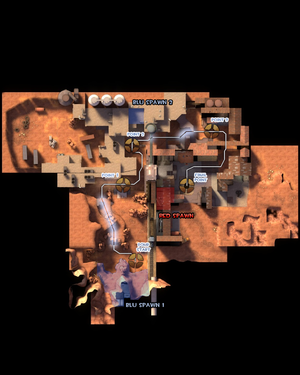
The broken windows and scattered debris within the bases tell a tale of constant breaches and counter-attacks. Small details, like the shards of broken glass littering the floor, contribute to the overall atmosphere of perpetual conflict. The outdated technology and communication equipment within the bases, from clunky computers to rotary phones, hint at the game's retrofuturistic timeline. These aren't cutting-edge facilities; they're relics of a bygone era, adding to the sense of stagnation.
The most compelling aspect of 2Fort's environmental storytelling is the implied territorial dispute and the futility of the conflict. The map's static nature, the fact that the bases remain largely unchanged despite countless battles, suggests that this war has no end in sight. It's a war fought for the sake of fighting, a cycle of violence that has become its own self-perpetuating reason for existence.
Badwater Basin: A Journey Through Neglect
Badwater Basin presents a stark contrast to the relatively contained conflicts of Gravel Pit and 2Fort. Here, we're presented with a sprawling desert landscape, dotted with dilapidated buildings and an overwhelming sense of gradual decay. Badwater Basin is a standout example of Team Fortress 2 world building and art direction, because it shows the history through the aging and deterioration of the environment.
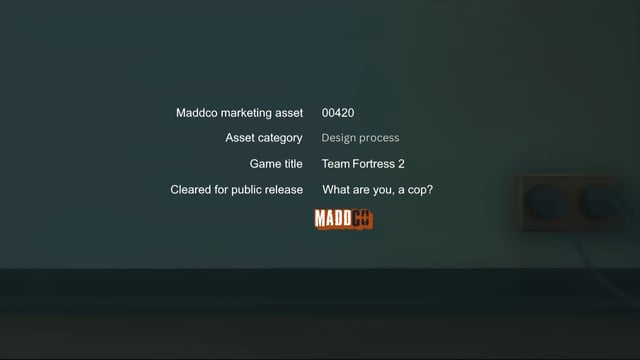
The exposed pipelines and failing infrastructure are a constant reminder of a world on the brink of collapse. The cart's path, from its starting point to the final capture zone, is a journey through a landscape increasingly marred by neglect. As the cart progresses, the buildings become more dilapidated, the pipelines more exposed, and the overall sense of decay more pronounced.
The faded paint and crumbling walls of the buildings suggest a loss of purpose, an abandonment that speaks volumes about the state of the world. This isn't a world thriving with industry and progress; it's a world slowly fading away. This is a critical example of visual storytelling, which has been utilized in the game design.
Sawmill: Claustrophobia and Brutality
Sawmill offers a dramatically different setting: an abandoned lumber mill characterized by tight corridors, limited visibility, and a pervasive sense of claustrophobia. This map delves into a different kind of environmental storytelling, focusing on the brutal realities of industrial accidents and the potential for deliberate violence.
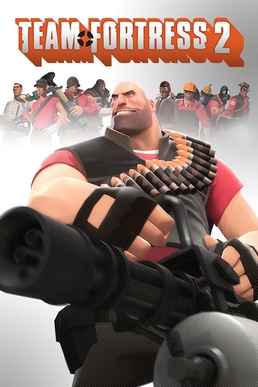
The most striking element of Sawmill's environmental storytelling is the bloodstains that adorn the sawblades and machinery. These aren't just random splatters; they're strategically placed to evoke a sense of unease and dread. The blood texture itself is surprisingly detailed, adding to the unsettling atmosphere. Given the nature of the lumber industry, it's easy to imagine past accidents, but the sheer volume of blood suggests something more sinister, a history of violence beyond simple mishaps.
The cramped spaces and limited visibility contribute to the map's oppressive atmosphere, fostering a sense of paranoia and forcing players into close-quarters combat. The decay and disrepair of the mill, evident in the rotting wood and rusted metal, suggest a failed industry and a forgotten place. The textures of the wood, with their varying shades of brown and signs of water damage, add to the realism of the environment.
Conclusion
Team Fortress 2, initially dismissed as a purely comedic shooter, proves to be a remarkably sophisticated example of environmental storytelling. Through the meticulous design of its maps, the game subtly communicates its world, its history, and the relationships between its characters. From the bullet-riddled walls of Gravel Pit to the bloodstained sawblades of Sawmill, each map tells a unique story, enriching the overall experience and adding layers of depth to what might otherwise be a simple multiplayer game. The TF2 Level Design Secrets are hidden in the art!
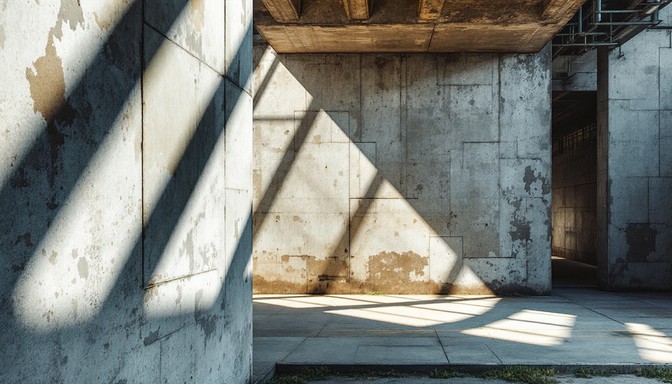
The enduring appeal of Team Fortress 2 lies not only in its engaging gameplay and memorable characters but also in its ability to surprise players with its hidden depth. This discovery profoundly impacted my own approach to game design. I now understand the importance of considering every environmental detail, of using the game world as a canvas for storytelling, and of trusting players to piece together the narrative themselves. By embracing environmental storytelling, we can create richer, more immersive experiences that resonate with players long after they've put down the controller.